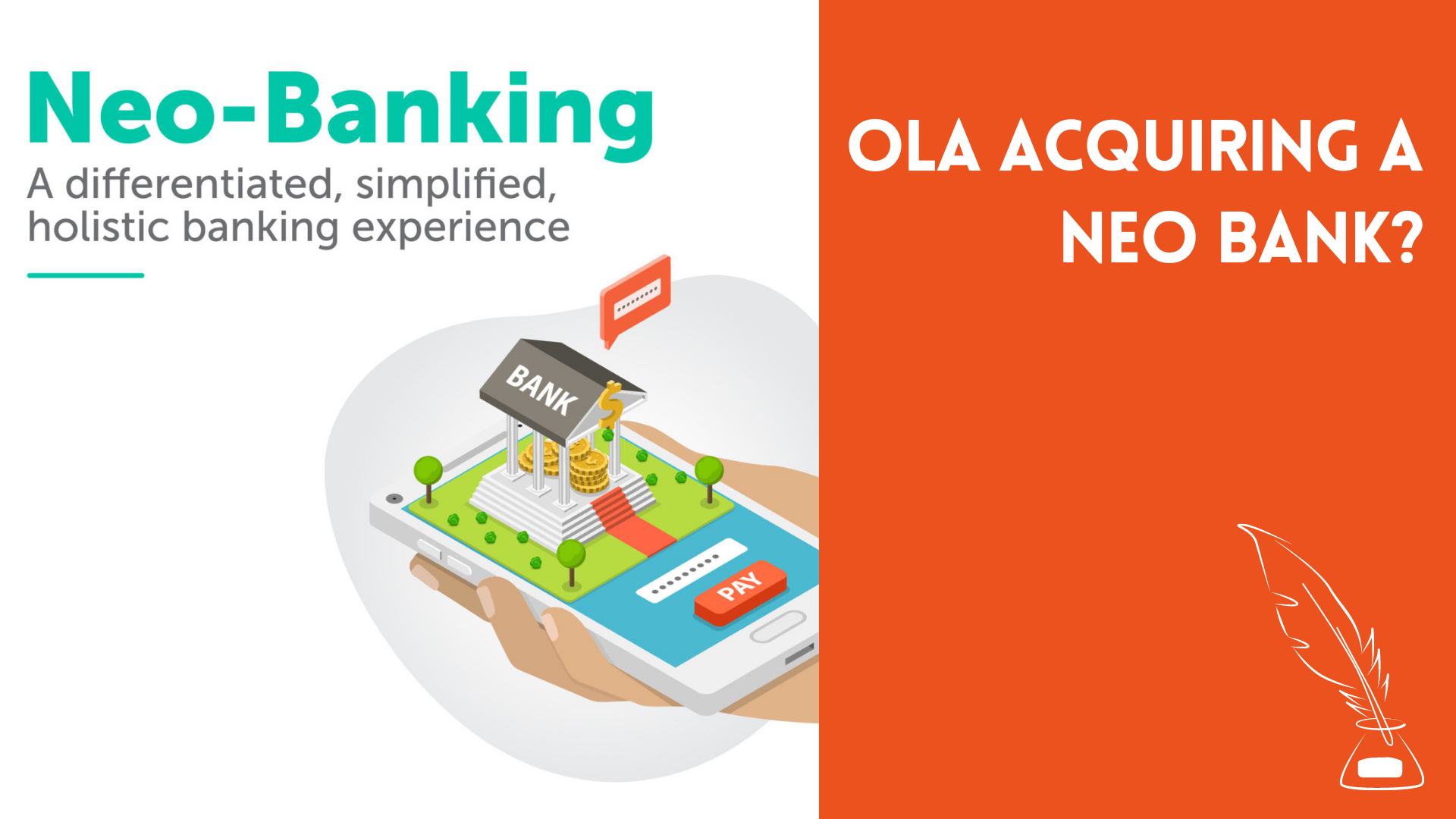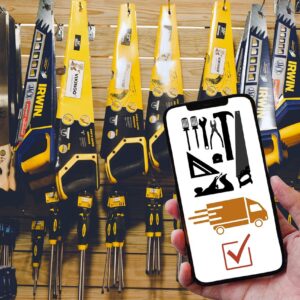Ola is an investor in Avail Finance already, which was debuted in 2017 by Bhavish Aggarwal’s brother, Ankush Aggarwal, and Tushar Mehndiratta.
Neo-Banking has recently become a catchphrase in the fintech sector. The word has acquired traction since it has been featured in the press and media. But do we get it completely?
On an international stage, Neo-Banks are wreaking havoc on the fintech industry. Every day, a new competitor enters the market with the goal of further simplifying financial services. Let’s take a closer look at what it really implies.
So what exactly is a Neo-Bank?
A Neo-Bank is an extended model of the digital banking system that does not have any geographic footprint. Neobanking operates totally on the internet, rather than at a physical facility.
It’s a broad range of financial service providers interacting with today’s tech-savvy clientele. Fintech organizations that provide digital and mobile-first banking services such as transactions and money transfers, financial loans, and more are known as Neo-Banks.
Neo-Banks do not have their own bank license but rely on banking collaborators to deliver bank-licensed solutions.
The holding company of ride-hailing network a.k.a. Ola Cabs — ANI Technologies Pvt. Ltd has agreed to acquire a 100% share in fintech startup Avail Finance, which services blue-collar workers, the firm said on 24th March 2022.
The SoftBank-backed firm did not disclose the transaction’s financial terms, but Moneycontrol claimed that the equity agreement will be worth $50 million.
The acquisition would be susceptible to shareholder approval, according to the company. Avail Finance was launched in 2017 by Ankush Aggarwal, the brother of Ola founder Bhavish Aggarwal, and Tushar Mehndiratta. Investors in the Neo Bank startup include Ola, Falcon Edge, and Matrix Partners.
The deal is an important move for Ola’s overall move into the fintech area, as the company seeks to develop a mobility-focused financial service firm under Ola Financial. So, Ola Financial Services will expand its presence in neglected categories inhabited by blue-collared individuals, such as Ola’s driver-partner ecosystem.
Ola stated last year that it planned to go public in early 2022, with the IPO expected to raise $1-2 billion. However, several speculations claim that the company’s IPO dates have moved owing to market circumstances and corporate stability problems.
Corporate Governance as a Bottleneck –
In recent quarters, start-ups have become the spotlight of corporate governance problems, with the most recent being — Thane-based construction marketplace Infra. Market, which was subjected to income tax raids at several offices. The investigation found proof of spurious purchases, significant unauthorized cash expenditures, and hotel bookings totaling more than 400 crores.
This was followed by the two-month-long drama of BharatPe’s former MD and co-founder Ashneer Grover, whose wife and relatives were alleged by the BharatPe board of “extensive misappropriation of company funds.” Similar charges have emerged at Trell, a social retail start-up, among others.
There is no one-size-fits-all solution here. It is not a reasonable trade to consolidate two related corporations only for the purpose of masking a failing business at the risk of the shareholders of the performing company.
Ola’s Massive 800 Crore Investment –
In the meantime, Ola has spent roughly Rs 800 crore on its financial services division. Ola Postpaid, the business’s BNPL (Buy Now, Pay Later) option, is now accessible to 40 million users, according to the company. Moreover, its other financial services, such as vehicle finance and insurance, are fast expanding as a result of the firm’s sister company, Ola Electric, and the used automobile business, Ola Cars.
Ola’s legal papers in November 2021 stated that its affiliate, Ola Financial Services (OFS), will extend its insurance business overseas. OFS was believed to be adding additional features to the pay-later mechanism to make it more interesting to consumers, as well as expanding its product line by introducing new lending options like as two- and four-wheeler loans and personal loans.
Bottom Line –
Ola’s entry into the Neo Banking domain would only open doors for its financial arm – Ola Postpaid! With corporate governance ticking like a time bomb as is, it seems wise for Ola to acquire a firm within its line of control to mitigate the associated risks.
Today, we are surrounded by the four Cs – Cards, Cash, Checks, and of course – Credit. Easy, right? And we’ve all heard of different types of insurance policies like Term-Life and Health Insurance Policies, but not everyone understands them. Ditto is here for you to educate you about important issues in your life.





